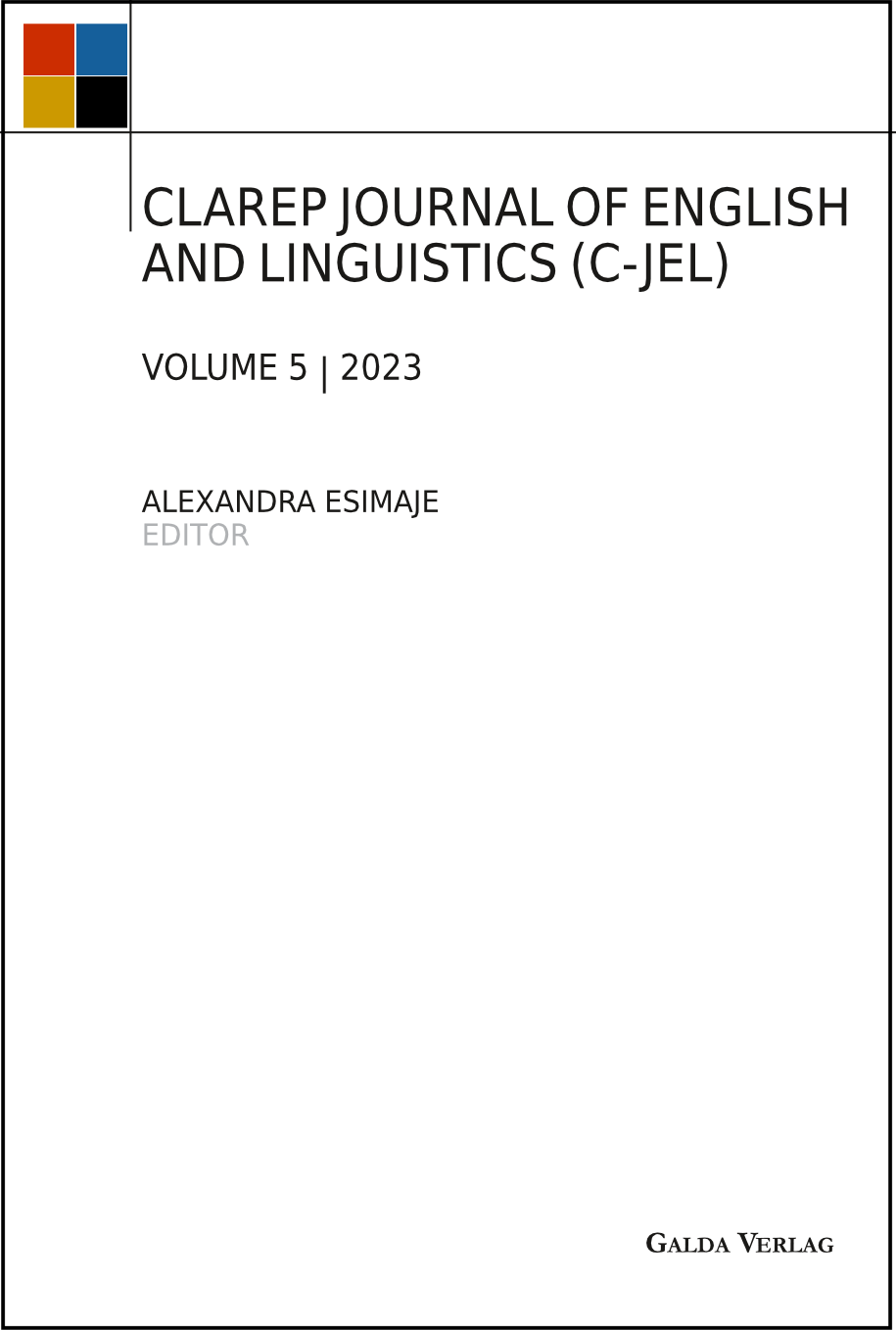Stylistic Foregrounding of ‘Silence’ in Chimamanda Ngozi Adichie’s Purple Hibiscus
CLAREP Journal of English and Linguistics (C-JEL)
Author: Bridget Dahunsi Okunrobo
Institution: University of Benin, Benin City
Email: bridgetdahunsi@gmail.com
Abstract
This paper explores Chimamanda Ngozi Adichie’s use of repetition to foreground silence, a predominant theme in her debut novel, Purple Hibiscus. Since one of the primary concerns of stylistics is to explain the underlying motive of an author’s linguistic choices, the paper discusses Adichie’s choice of the lexical item silence in varied derivative forms (noun, adverb, adjective and verb), the use of its synonym and its incorporation into sentence structures (parallelism). Applying Geoffrey N. Leech’s and Michael H. Short’s notion of foregrounding – deviance from some expected frequency, the paper examines how Adichie strategically repeats her choice of the lexical item without it sounding monotonous. It demonstrates that the choices of these diverse linguistic forms in the presentation of the theme of silence is not accidental but a purposive attempt to bring her message to the forecourt and thereby raise the consciousness of the society to its damaging effect. It also reveals the author’s skilfulness in the manipulation of language.
Keywords
silence, foregrounding, repetition, quantitative, deviation, parallelism
Pages: 127-144
ISSN: 2698-654-X
ISBN: 978-3-96203-308-8 (Print)
ISBN: 978-3-96203-309-5 (PDF)
DOI: https://doi.org/10.56907/gsd0ykmm

